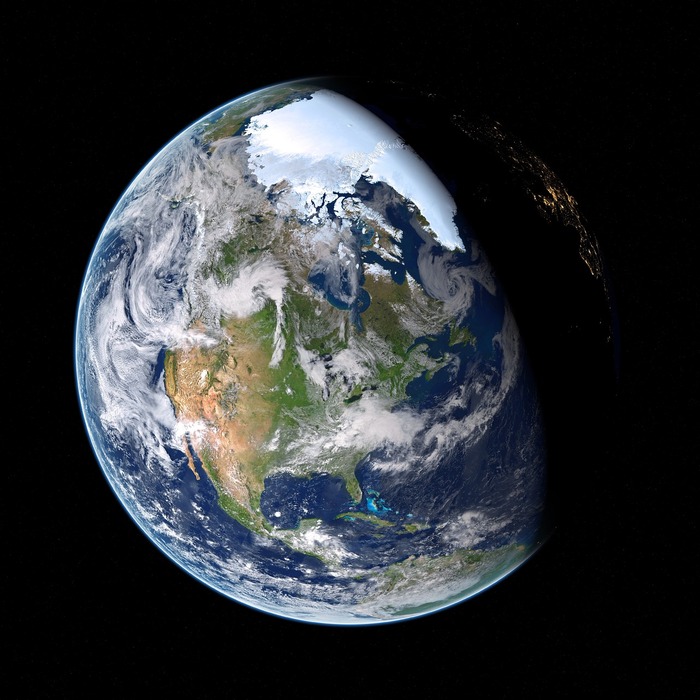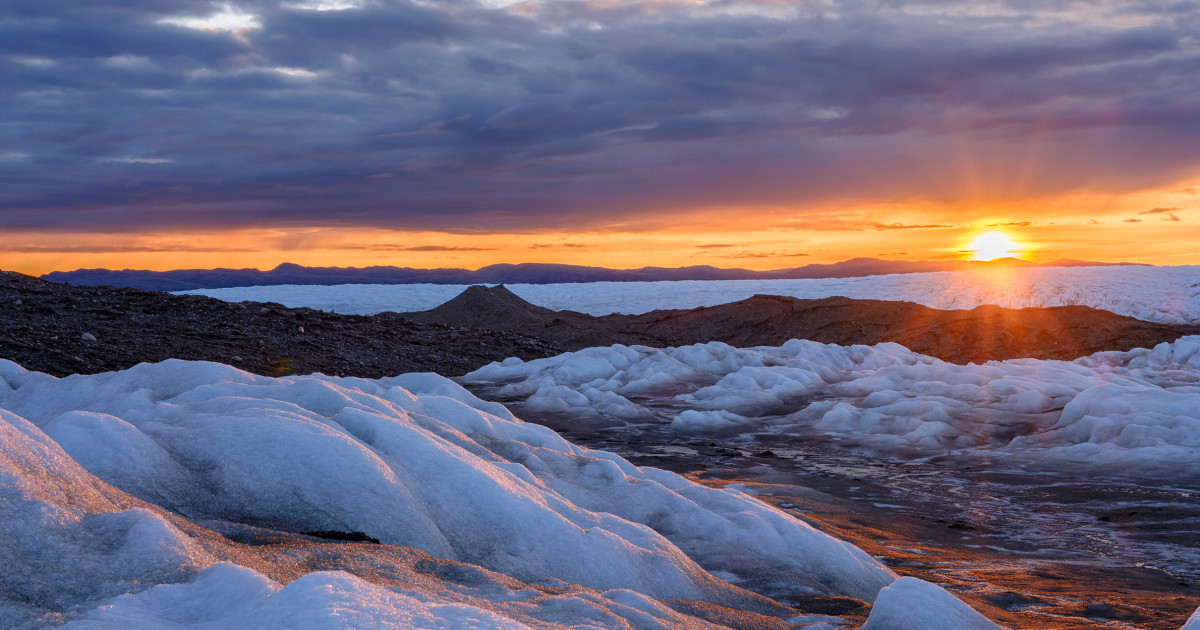Enlarge image
Northern Schneeferner: Glacier covered with sand
Photo: Angelika Warmuth / dpa
The sight not only makes alpinists shudder: Within a single year, the five glaciers in Germany have shrunk considerably.
One is just a pitiful remainder. Little snow in winter and great heat in summer are not the only reasons.
The Sahara dust from spring (read more about it here) is hitting the five remaining glaciers in Germany this summer.
Glaciologists reported that the melt on the Zugspitze was about six weeks more advanced than usual at this time of year.
A similar, sometimes even more dramatic picture is emerging throughout the Alps.
"2022 will go down as a record year, that's for sure," emphasized Olaf Eisen from the Alfred Wegener Institute, the Helmholtz Center for Polar and Marine Research.
"The only question is: How much worse will it be than in the previous record year 2003?"
50 percent stronger melt than average
There are still five glaciers in Germany, they are all in Bavaria.
According to forecasts, the last of them will be gone in about ten years.
Current pictures show impressively that the ice surface has receded significantly within just one year.
The southern Schneeferner on the Zugspitz massif could finish off this summer.
"A summer like this, which is exceptional throughout the Alps, has certainly not happened since the 1960s," explained Wilfried Hagg from Munich University of Applied Sciences.
According to measurements by Christoph Mayer from the Bavarian Academy of Sciences, the melt throughout the Alps this year is probably around 50 percent stronger than in an average year.
In addition to a winter with little snow in many places and a dry and hot summer, the experts see the main reason for this as being the consequences of the Sahara dust, which was deposited on the glaciers in red-brown color, especially when it appeared in March.
"This means that the snow melts away much faster," Mayer explained.
In contrast to the bright snow surface, the darker dust absorbs much more energy from the sunlight and transfers it to the snow in the form of heat.
jme/dpa






/cloudfront-eu-central-1.images.arcpublishing.com/prisa/BTRKCSHAY5F7PIBHF4CTKZAEPI.jpg)

